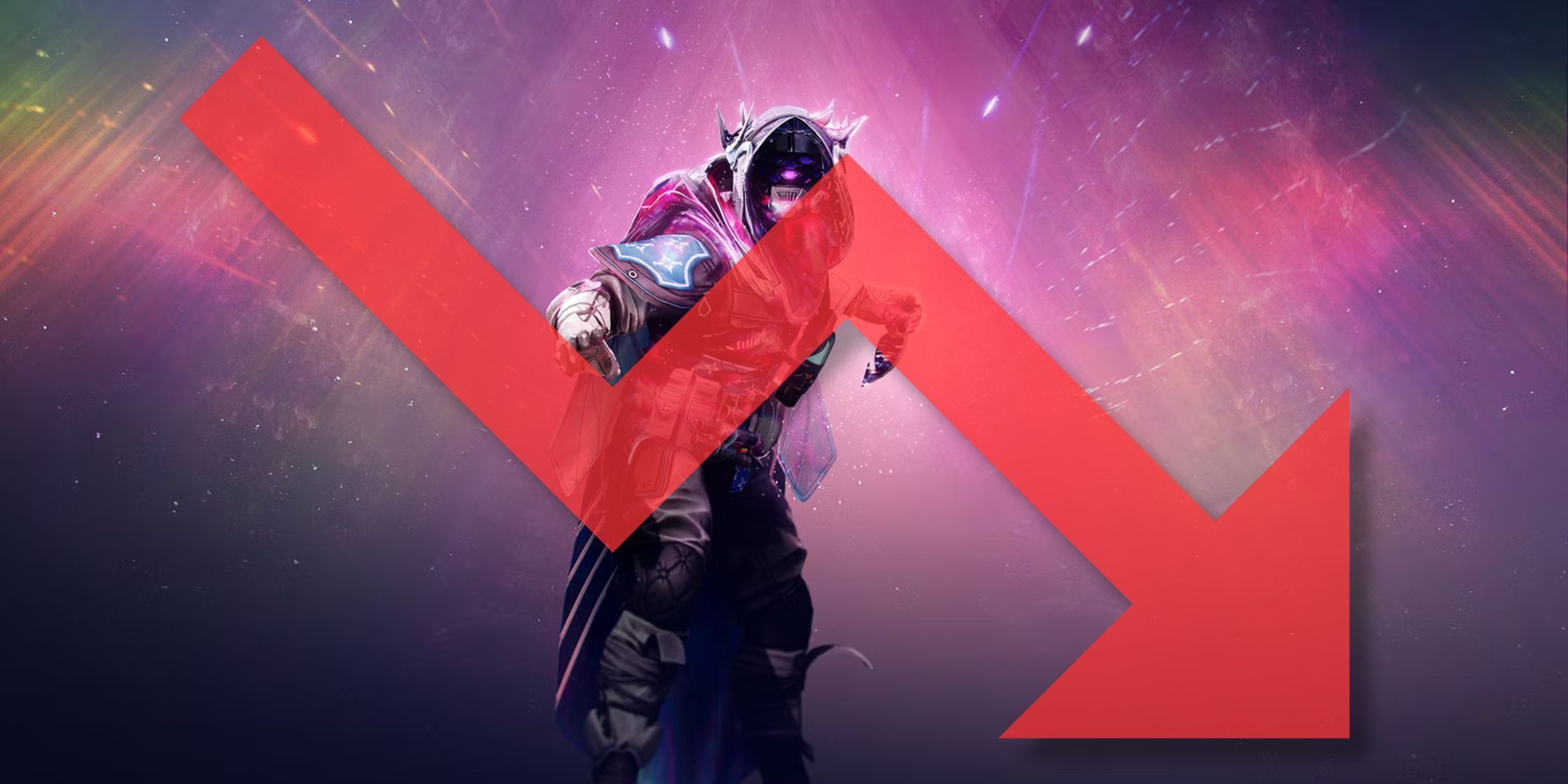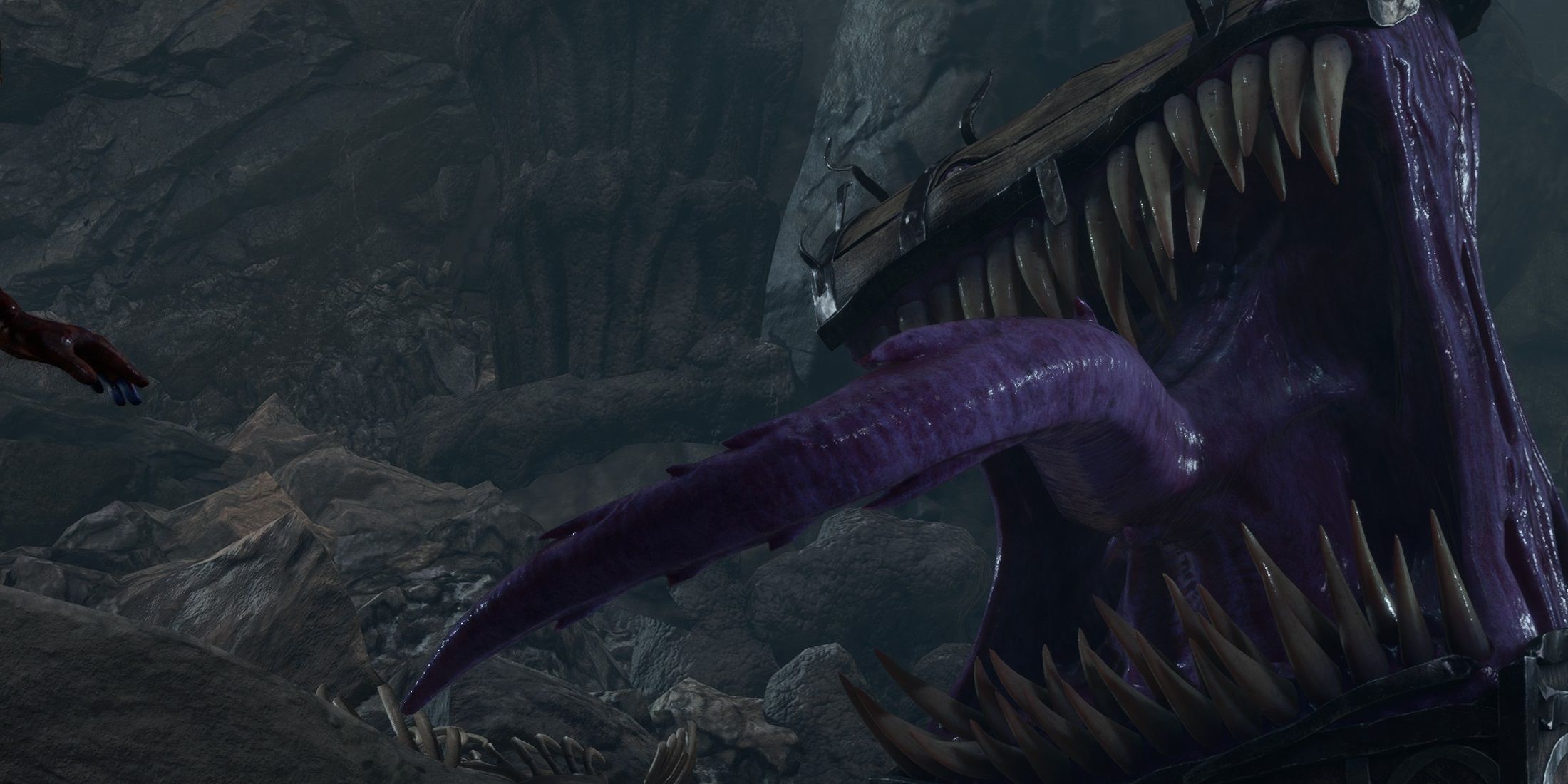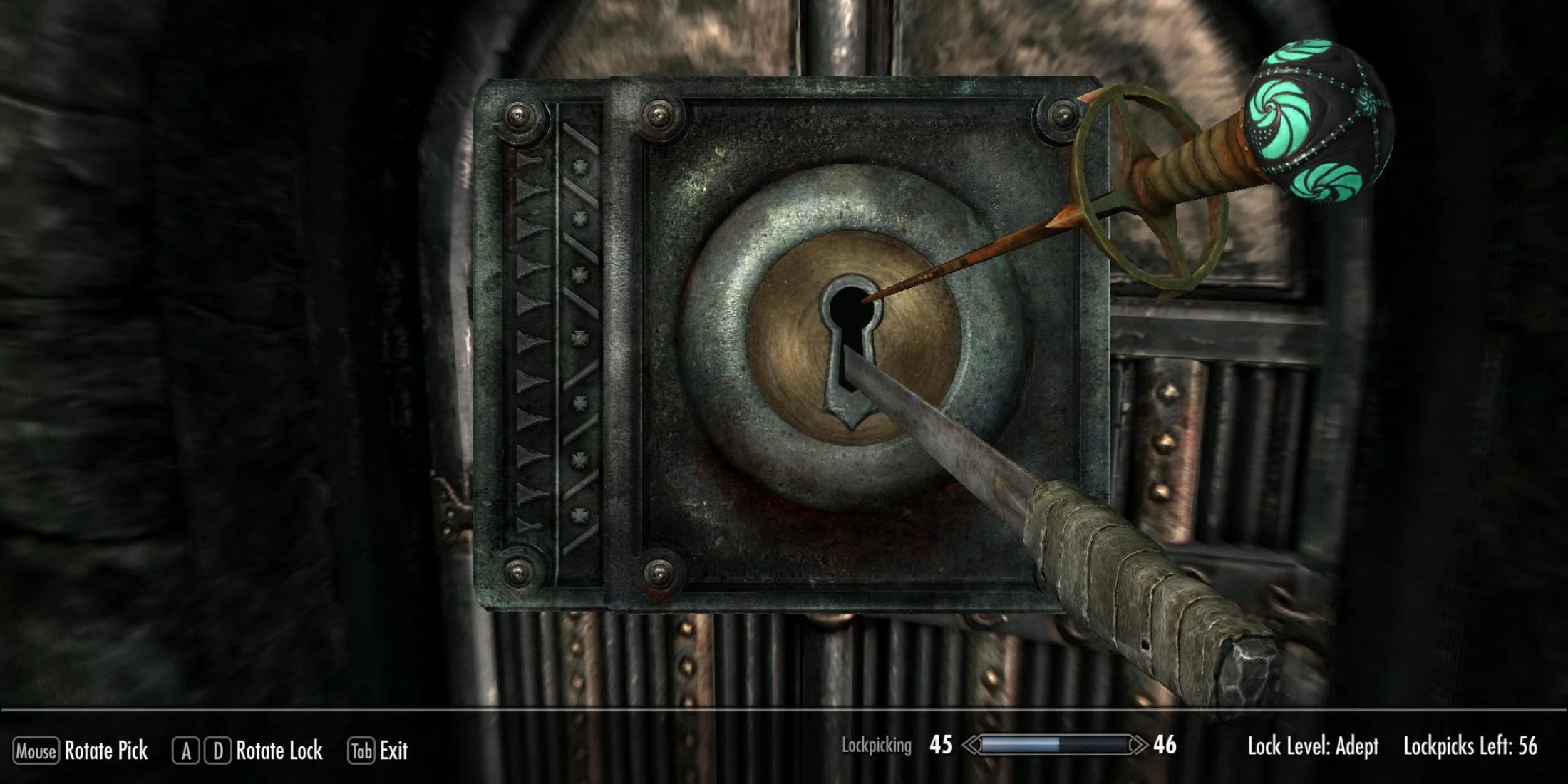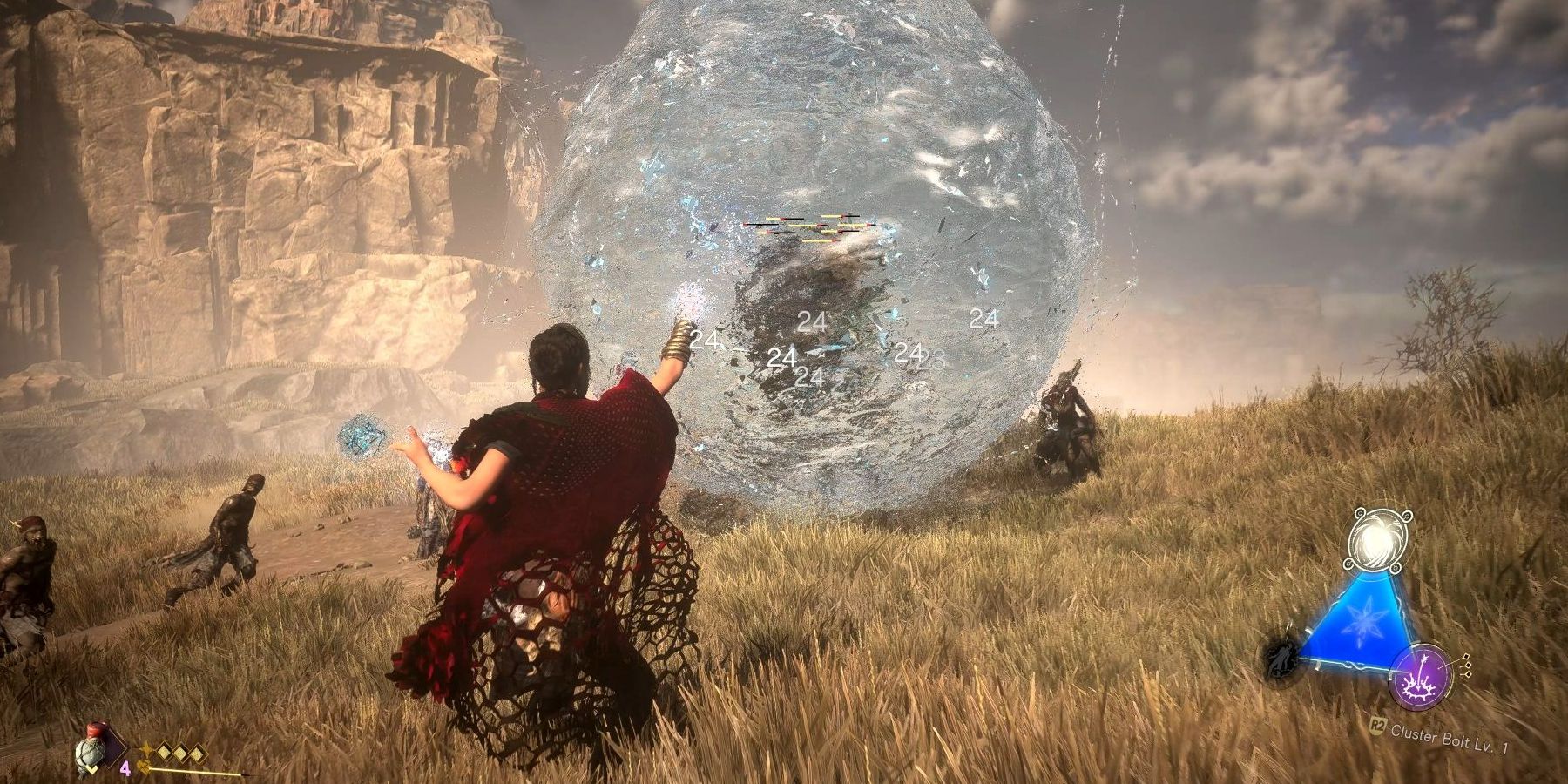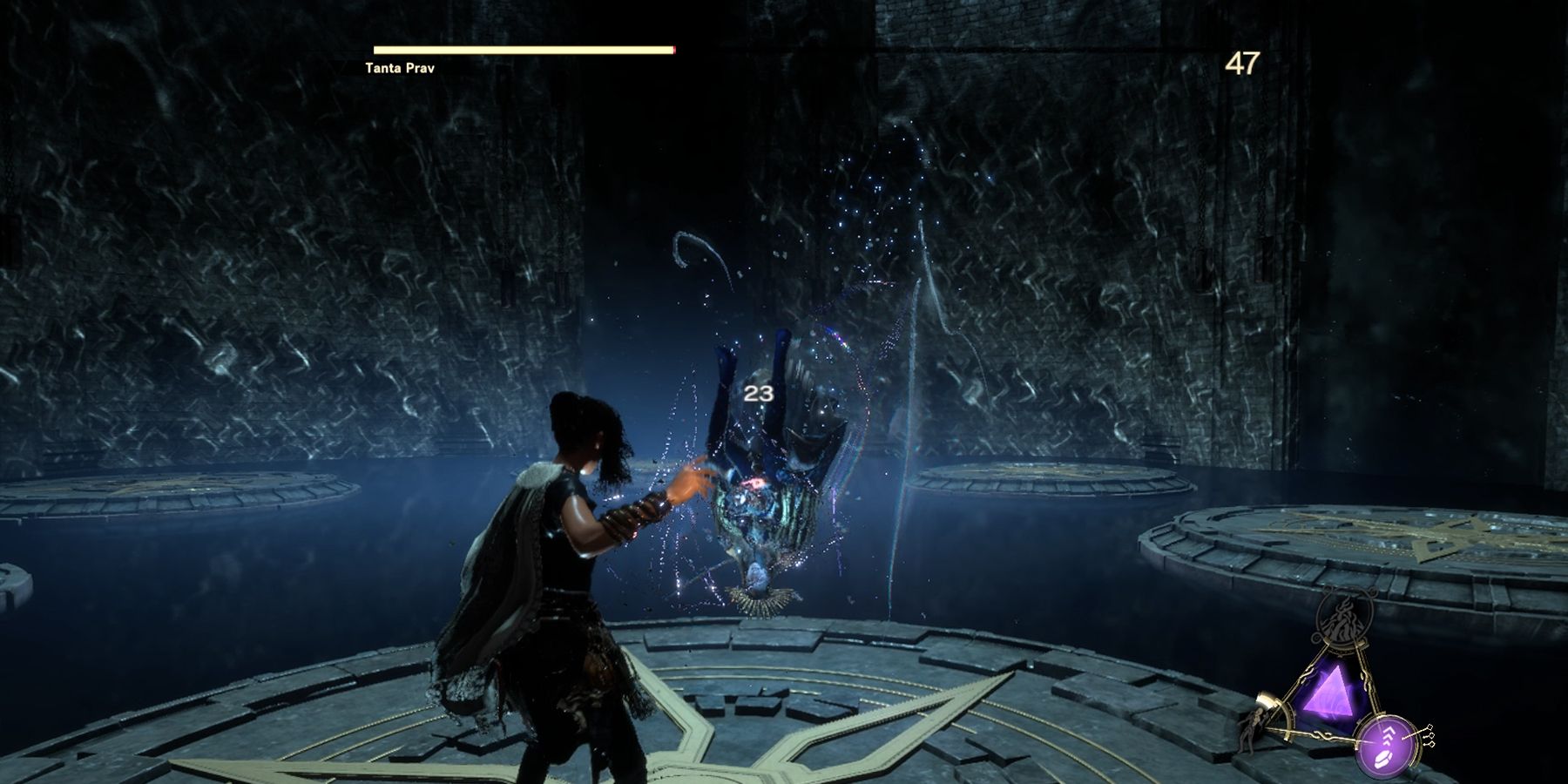Forspoken's launch hasn't quite been the resounding success publisher Square Enix would've hoped for. The third-person action RPG has come in for its fair share of criticism, mainly leveled at the forgettable world of Athia, and the cringe-inducing dialogue. While critics have been unimpressed with many aspects of the game, the combat seems to be one of the areas of Forspoken that some are enjoying. Protagonist Frey Holland has a wealth of magical spells at her disposal, and combining these can result in some visually stunning combat encounters. Unfortunately, many of Frey's best spells are locked until the player progresses further into the game, and by the time she has a full arsenal, Forspoken has almost reached its conclusion.
Forspoken's marketing was shaped around the game's unique take on both combat and traversal. While many open-world games allow players to use different forms of vehicles or mounts in order to traverse the map quickly, Forspoken scraps this entirely, instead arming Frey with magical parkour abilities in order to glide across large open spaces with ease. Similarly, while many games give the player access to guns, bows, and melee weapons in order to inflict damage on the enemy, Forspoken instead relies entirely on magic. This magic can be manifested in both long and short-range attacks, and once Frey reaches a certain point in the game, there are over 100 spells to choose from.
Forspoken's Combat Takes a While to Get Going
Frey's main magic types are based on four elements: earth, fire, water, and light. At the beginning of the game, she only has access to Earth magic, which is basically a couple of variations of ranged attacks. Once Frey defeats the first main boss of Forspoken, Tanta Sila, she can access fire magic. The fire spells manifest as either a flaming sword or flaming fists, and allow Frey to use short-ranged melee attacks for the first time. Depending on how much of Athia the player chooses to explore before going after Tanta Sila, this means that Frey could be limited to ranged attacks for a number of hours during the start of the game.
The opening stages of an open-world game are extremely crucial and can set the tone for what lies ahead. More importantly, though, the first couple of hours are normally enough for a player to make a judgment as to whether they want to keep playing, or switch it off and promptly never play it again. Forspoken's decision to effectively lock melee attacks away for the opening portion of the game is likely to turn off a proportion of players, especially after they've battled through waves of enemies using the same few ranged attacks, something which gets repetitive rather quickly.
While the concept of defeating a major boss before unlocking a new move set is hardly new, and has often been used to good effect, this doesn't usually include basic mechanics such as melee attacks, which, as a general rule, should be available from the outset. The choice to attack from range or up close is not usually one that players need to wait hours in order to make, and taking this away from the player so early into the game is surely one of the biggest mistakes Forspoken manages to make.
Any game that attempts to deviate from the norm deserves a degree of credit, and Forspoken's approach to combat and traversal is commendable. A few of the ideas it presents manage to put a fresh spin on some of the open-world genre's most predictable elements, particularly the magic and parkour elements. However, giving players access to a much broader set of moves from the beginning of the game may have ultimately made a difference to the poor reception the game received.
Forspoken is available now for PC and PS5.

